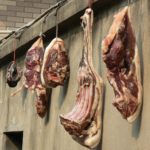The Green-billed Malkoha is a common bird in Vietnam’s semi-deciduous tropical forests. An expedition led to the capture of one who was cooked for lunch. This and other species are often hunted by villagers supplementing their diet with this and other forest harvests. The bird, roasted and seasoned with lemongrass, resembled the taste of free-range chicken.
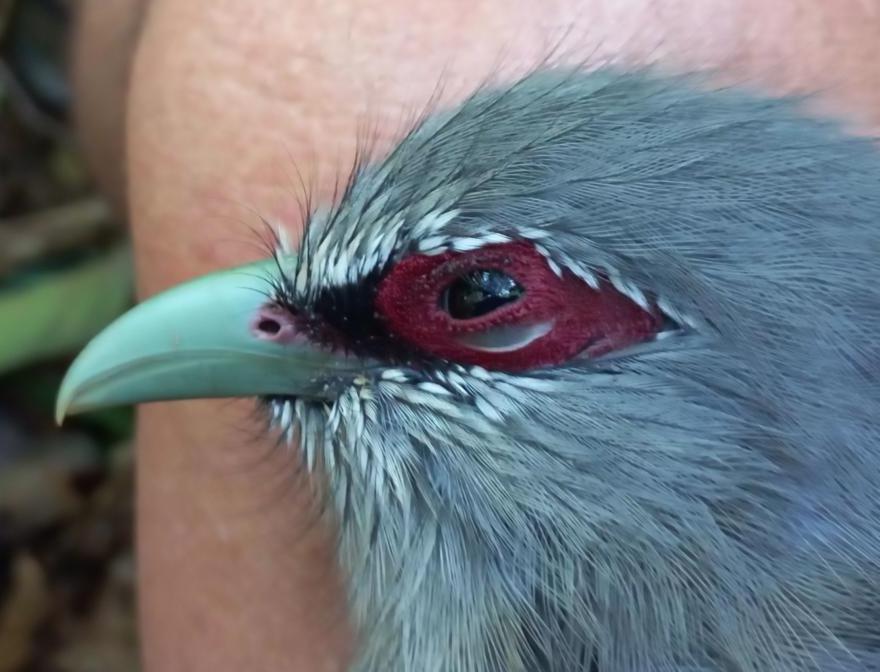
Description of Green-billed Malkoha bird
Green-billed Malkohas (Phaenicophaeus tristis) are a species of non-parasitic cuckoos. According to the Cornell Lab of Ornithology, they are widespread, and their Red List category is ‘Least Concern.’ A description of this species can be found at this link. Their distribution range is from parts of the Indian subcontinent to southern China, Southeast Asian countries, and Sumatra.

The hunt

Early in the morning, we hiked over very steep hills of mixed bamboo- and semi-deciduous tropical forests to reach a secluded part of the hunting area and waited for the landing noises of these birds. Which did not take long, and one was harvested by my Vietnamese friend.
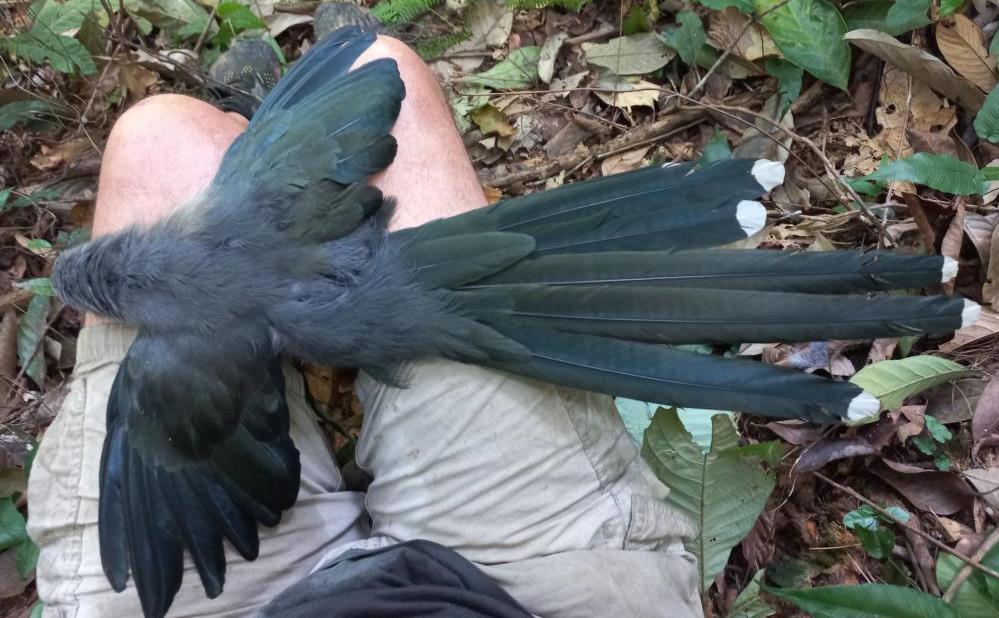
These are majestic birds, and the hunting pressure by young people from the villages surrounding the forests is relatively high.
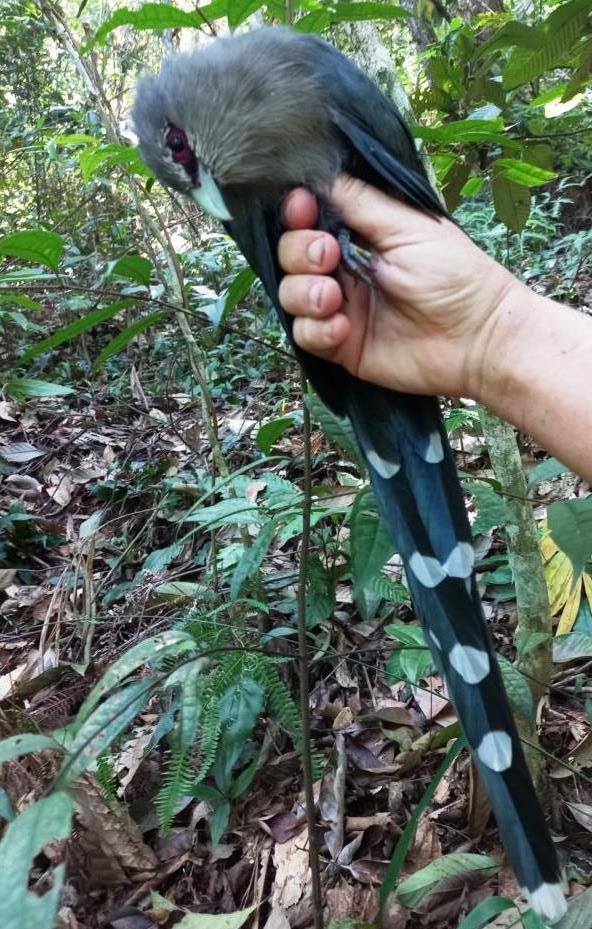
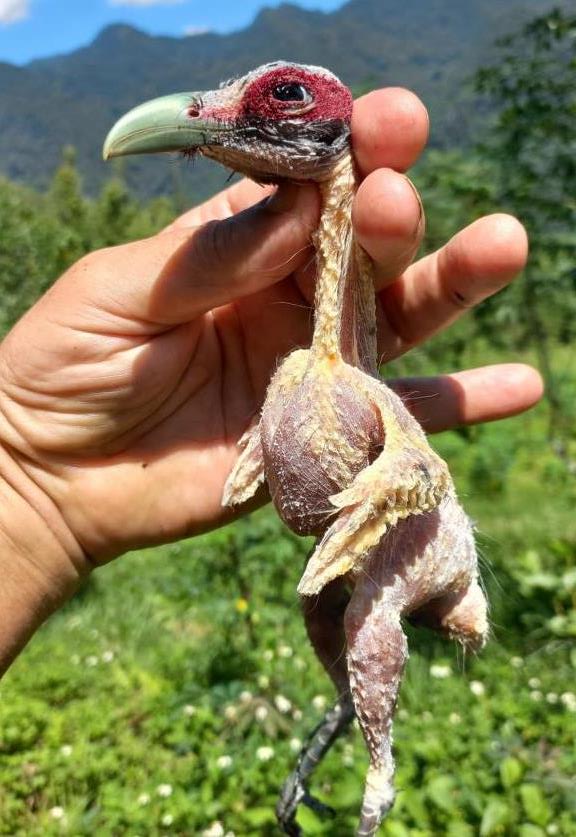
For lunch at a hut in the mountains, the Green-billed Malkoha bird was plucked, singed, gutted, and prepared for roasting. A piece of lemongrass was stuck into the belly, and a wooden stick across the breasts held the lemongrass in place and the body open for barbequing.
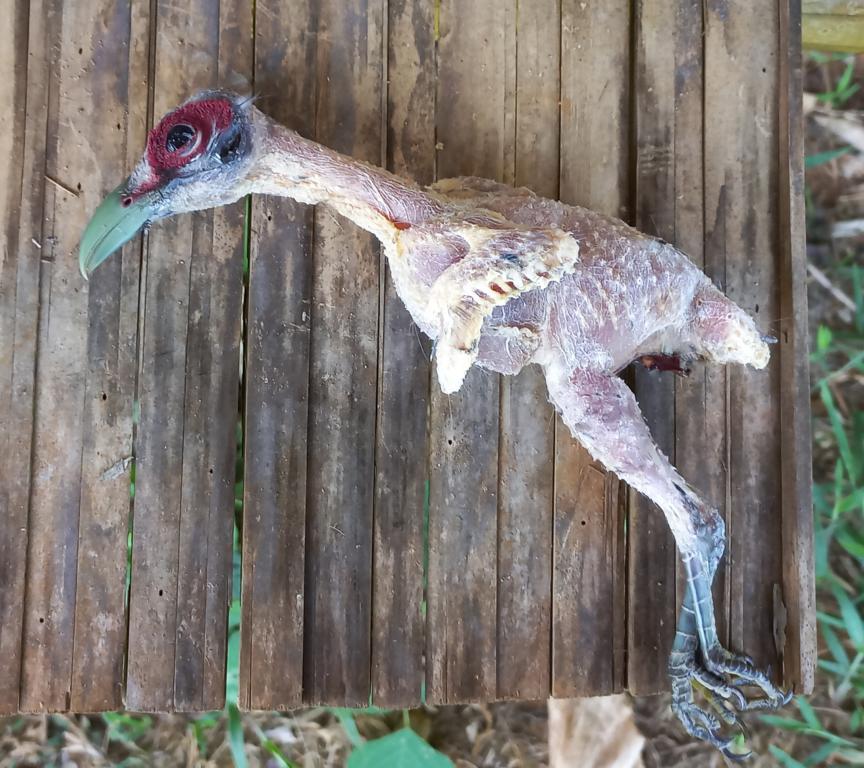
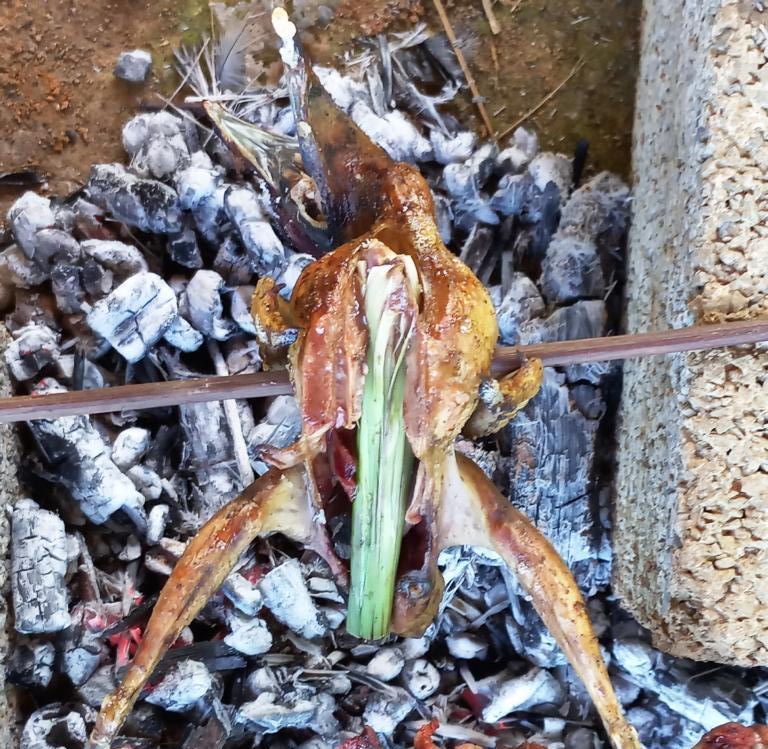
The taste of the bird was great – just like free-roaming chicken.
Lessons learned from harvesting and eating a Green-billed Malkoha bird:
- Many young males in secluded villages of rural Vietnam add to their staple food of rice or maize, meat, which they hunt or collect in the surrounding forests.
- Larger birds, squirrels, field rats, mountain crabs, various species of insects, and snails are primary additions to their meals.
- Green-billed Malkoha birds are still plentiful and have the right size to accompany a rice meal for two people.
- A stick of lemongrass and a wooden cross-stick hold a bird securely over embers for barbequing.
.




